
DMARCbis is coming: New DNS tree walk algorithm and more
DMARC is undergoing a significant evolution. Here's what you need to know about the new protocol, DMARCbis.
Internet security is essential in protecting sensitive data, maintaining privacy, and ensuring safe online interactions. As cyber threats grow more sophisticated, businesses and individuals risk data breaches, financial losses, and identity theft without strong security measures.
Internet security tools like Attack Surface Monitoring, Certificate Monitoring, OnDMARC, and Cloudflare create barriers against unauthorized access, helping to safeguard personal and business information. By prioritizing internet security, we build trust in online systems, protect digital identities, and foster a safer digital environment for everyone.

DMARC is undergoing a significant evolution. Here's what you need to know about the new protocol, DMARCbis.

Auditors are asking about your active defenses against email spoofing. A fully-enforced DMARC policy is the answer auditors are looking for.
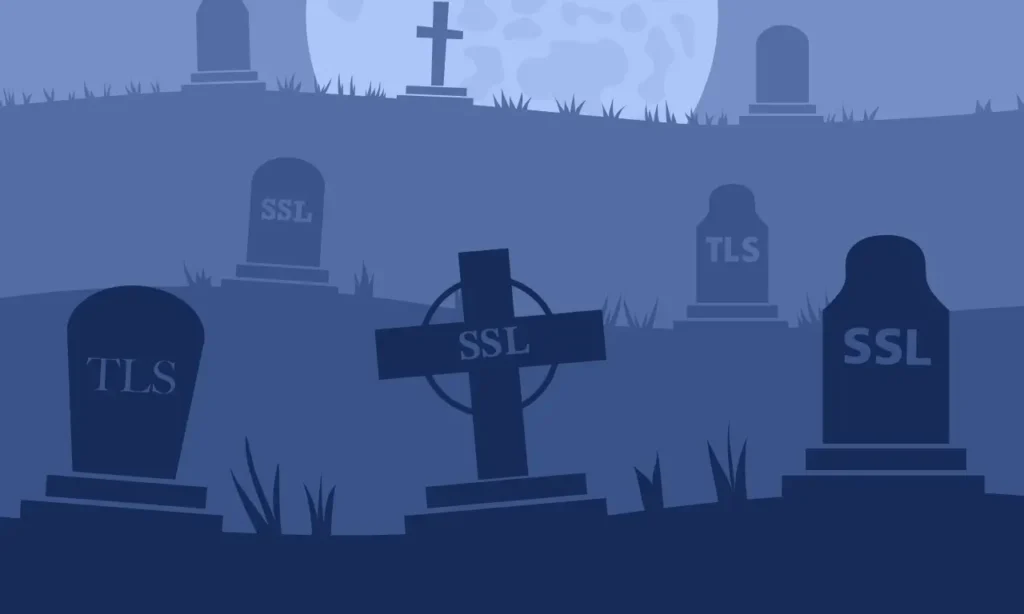
When a forgotten subdomain is still covered by a valid, trusted certificate, it creates a silent entry point for attackers. We call this scenario the "SSL/TLS Certificate Graveyard."
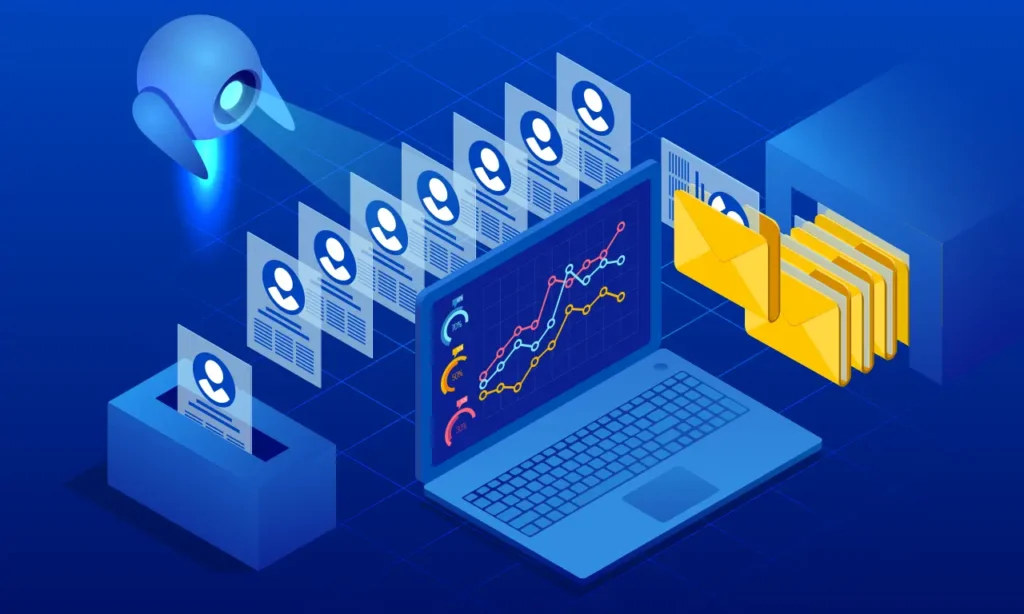
In light of the sheer scale of modern email traffic and the rise of AI-driven cyber threats, can security teams keep up without AI assistance?
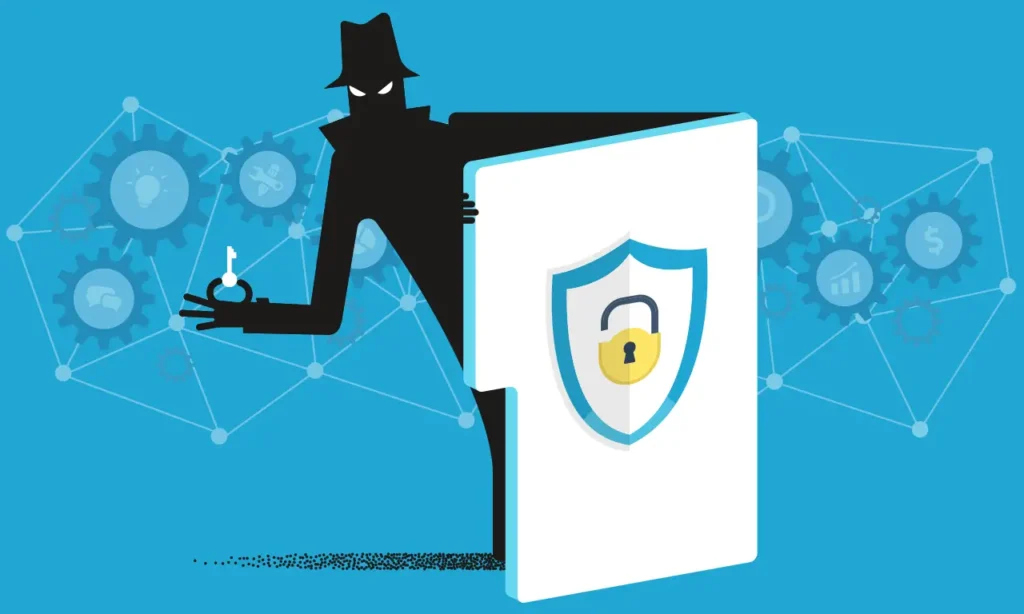
In the continuous cat-and-mouse game between defenders and attackers, the side with the most accurate and comprehensive map of the digital landscape often holds the winning hand.

DMARC is often seen as a purely technical protocol, a set of DNS records managed solely by the IT department. However, there's more at play behind the scenes.
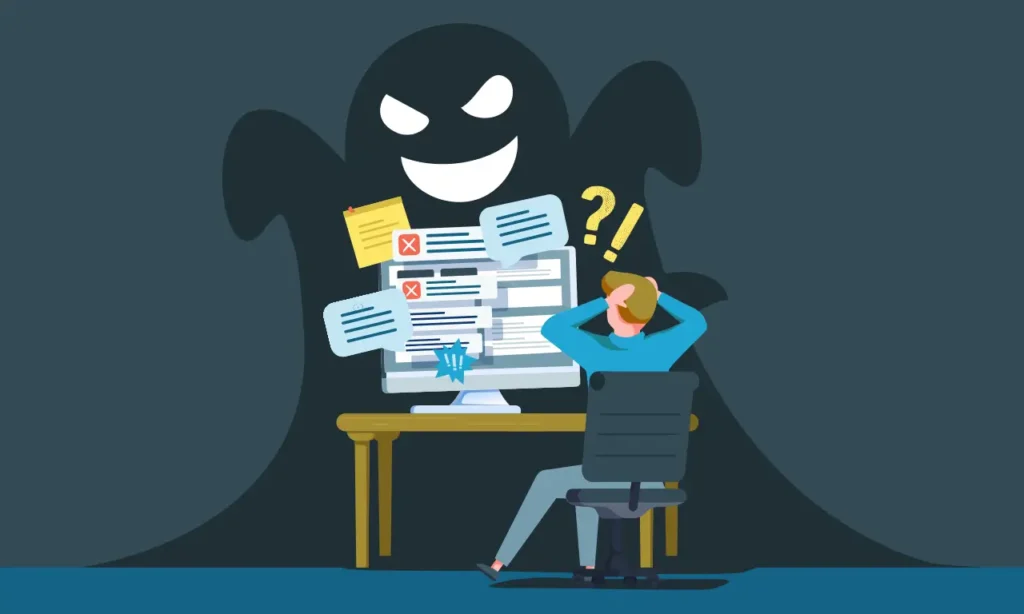
What's lurking in the shadows of your IT infrastructure? "Shadow IT" can create blind spots and leave your business vulnerable to attack. Read if you dare!
You’ve set up your DMARC record, yet you’re still seeing emails fail authentication. But why? The answer lies in DMARC alignment.

Imagine your security auditor asks for a complete inventory of all your internet facing assets. How confident are you to respond?

DMARC implementation can be daunting. Here is a simple, four-step roadmap for implementing DMARC without disrupting your marketing efforts.